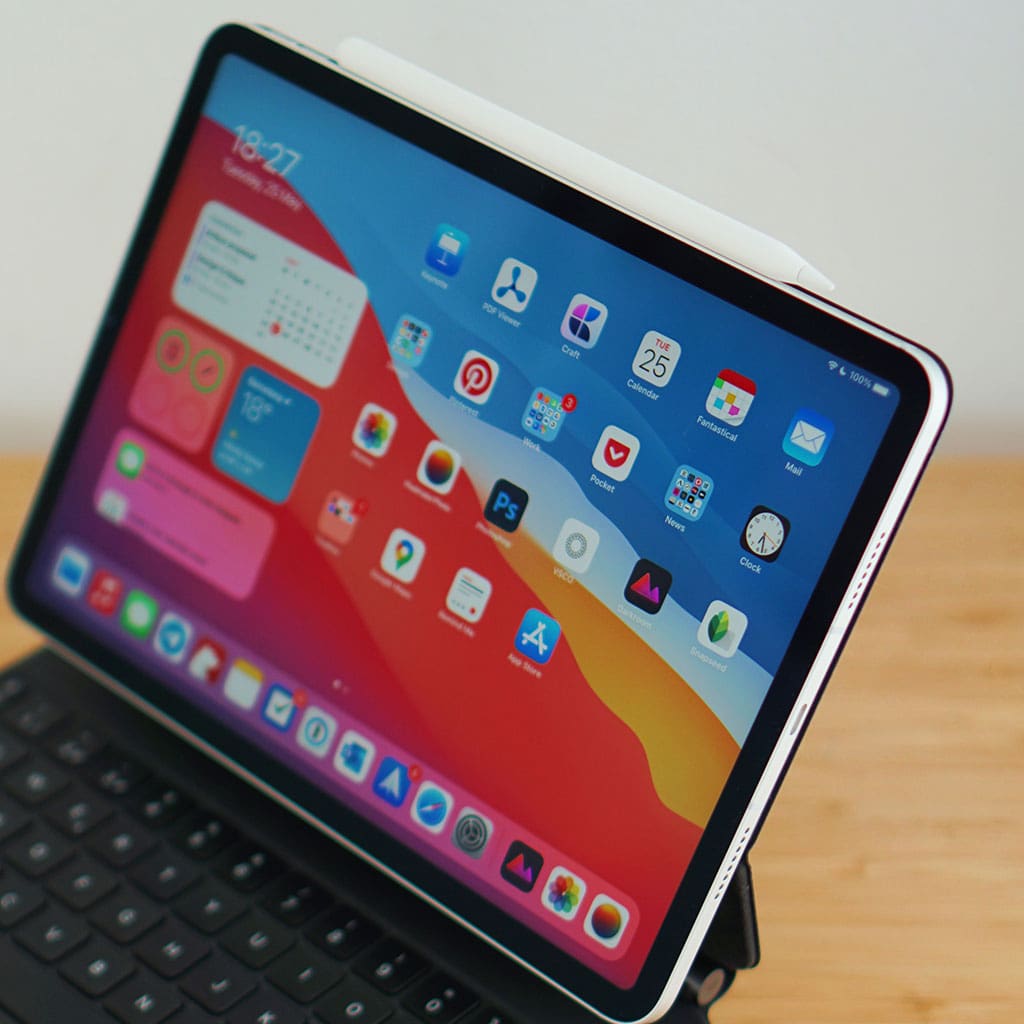How to update iPad to iOS 13.0?
How to update iPad to iOS 13.0?
Upgrading your iPad to iOS 13.0 brings a host of exciting new features and improvements. In this guide, we’ll walk you through the simple steps to ensure your device is running the latest and most advanced operating system.
Unlock the magic of your iPad with the enchanting iOS 13.0 update!
Updating your iPad to iOS 13.0 is a straightforward process, and it’s a great way to access new features and enhancements. Here’s a detailed step-by-step guide on how to update your iPad to iOS 13.0:
1. Check Compatibility: Before you start, ensure that your iPad is compatible with iOS 13.0. iOS 13 is compatible with the following iPad models:
- iPad 6th generation
- iPad 5th generation
- iPad mini 4 and 5
- iPad Air 3
- iPad Pro (all models)
2. Back Up Your Data: It’s a good practice to back up your iPad before performing any major updates. You can back up your data to iCloud or your computer using iTunes. This ensures that your data is safe in case anything goes wrong during the update process.
3. Connect to Wi-Fi: Make sure your iPad is connected to a Wi-Fi network. The iOS update is typically large, and using Wi-Fi is the most reliable way to download it.
4. Plug into Power: To ensure that your iPad doesn’t run out of battery during the update, it’s a good idea to plug it into a power source or ensure that it has sufficient battery life.
5. Update via Settings:
- Go to “Settings” on your iPad.
- Scroll down and tap on “General.”
- In the General settings, select “Software Update.”
- Your iPad will check for available updates. When iOS 13.0 is found, tap “Download and Install.”
6. Enter Your Passcode: If prompted, enter your device passcode.
7. Agree to Terms and Conditions: You will see the iOS 13.0 terms and conditions. Tap “Agree” to proceed.
8. Start Download: The download will begin. The time it takes to download the update will depend on your internet connection speed.
9. Install the Update: Once the download is complete, tap “Install.” Your iPad will restart, and the installation process will begin. This may take several minutes.
10. Complete the Setup: After the installation is complete, your iPad will restart, and you’ll be prompted to enter your Apple ID and set up some preferences. Follow the on-screen instructions to finish the setup.
11. Restore Data: If you backed up your data before the update, you can now restore your data from your backup.
Your iPad is now running iOS 13.0, with all its new features and improvements. Enjoy the enhanced user experience and the latest capabilities of your device.
How to Check the Compatibility of Your iPad for iOS 13.0?
To check if your iPad is compatible with iOS 13.0, follow these steps. Firstly, navigate to the ‘Settings’ app on your iPad, which can be found on the home screen. Once in ‘Settings,’ scroll down and tap on ‘General,’ which is usually towards the top of the list. Within the ‘General’ settings, locate and select ‘Software Update.’ This option allows you to check for available updates for your device. When you tap on ‘Software Update,’ your iPad will connect to Apple’s servers to check if there’s a new iOS version available for your specific model. If iOS 13.0 is compatible with your iPad, it will appear in the list of available updates, and you’ll have the option to download and install it. If not, the system will notify you that your current iOS version is up-to-date with the latest compatible release. Keep in mind that iOS 13.0 is compatible with iPad models including the 6th and 5th generation, iPad mini 4 and 5, iPad Air 3, and all iPad Pro models. If you have a different iPad model, you may not be able to update to iOS 13.0, but you can still benefit from other available updates specific to your device.
How to Troubleshoot if the Update Process is Interrupted or Stalled?
If you encounter issues with the update process being interrupted or stalled, there are several troubleshooting steps you can take to resolve them. Firstly, ensure that your iPad has sufficient storage space to accommodate the update. Go to ‘Settings’ > ‘General’ > ‘iPad Storage’ to check for available space. If it’s running low, consider deleting unused apps or files to free up room. Additionally, ensure you have a stable internet connection, as a weak or intermittent connection can lead to update problems. If the issue persists, try closing any open apps and restarting your iPad to clear any potential software conflicts.
Another helpful step is to check for any pending app updates. Sometimes, pending app updates can interfere with the iOS update process. Go to the App Store and navigate to the ‘Updates’ tab to see if there are any apps that need updating. It’s also important to verify that your device is indeed compatible with the iOS update you’re attempting. Not all updates are available for all iPad models, so make sure your device is listed among the compatible devices for the specific update you’re trying to install. Finally, if you’ve previously installed beta updates on your device, you may need to remove the beta profile before attempting to install a public release. This can be done by going to ‘Settings’ > ‘General’ > ‘Profiles & Device Management’ and removing any beta profiles listed. These steps should help resolve common software update issues and ensure a smooth installation process.





You must be logged in to post a comment.